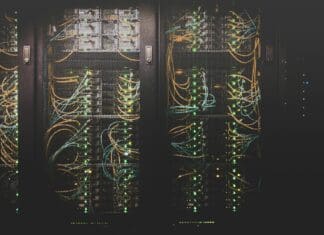This post is also available in:
 עברית (Hebrew)
עברית (Hebrew)
A new study from Stanford University sheds light on the growing divide between what employees want from artificial intelligence and what current AI systems can actually deliver. As AI tools are increasingly integrated into workplaces—from automating logistics to managing workflows—this research highlights areas where technology falls short of employee needs and pinpoints where future development could be most impactful.
According to TechXplore, researchers surveyed 1,500 U.S. workers across 104 professions and interviewed over 50 AI experts to compare workforce expectations with existing technological capabilities. The key takeaway: while many workers are open to AI handling routine or repetitive tasks, they remain cautious about giving up oversight, especially when it comes to communication, creativity, or judgment-based responsibilities.
The study found that workers favor automation that simplifies administrative tasks—like scheduling appointments or updating records—but they remain wary of AI handling more nuanced duties, such as composing written content or negotiating with clients. Nearly 70% of respondents said they support AI when it frees up time for more valuable work, but only a small portion felt comfortable with fully autonomous systems. Most preferred collaborative approaches, with either shared responsibility or clear human oversight.
One of the report’s most notable findings is the mismatch between current AI deployment and user sentiment. The researchers categorized tasks into four zones based on capability and desirability. Surprisingly, a significant portion of AI implementation falls into areas workers neither want automated nor trust AI to manage. Conversely, several desirable tasks—such as monitoring budgets or managing production timelines—are still technically out of reach, marking them as priorities for further research.
The implications extend beyond task alignment. The study also indicates a shift in the value of workplace skills. As AI becomes more capable in analytical areas, human-centered skills—like teaching, communication, and task coordination—are poised to become more important and possibly better compensated.
This research underscores the need for AI development to consider worker preferences, not just technical feasibility. As organizations seek to integrate AI effectively, aligning tools with actual workplace needs will be key to both adoption and long-term success.


























